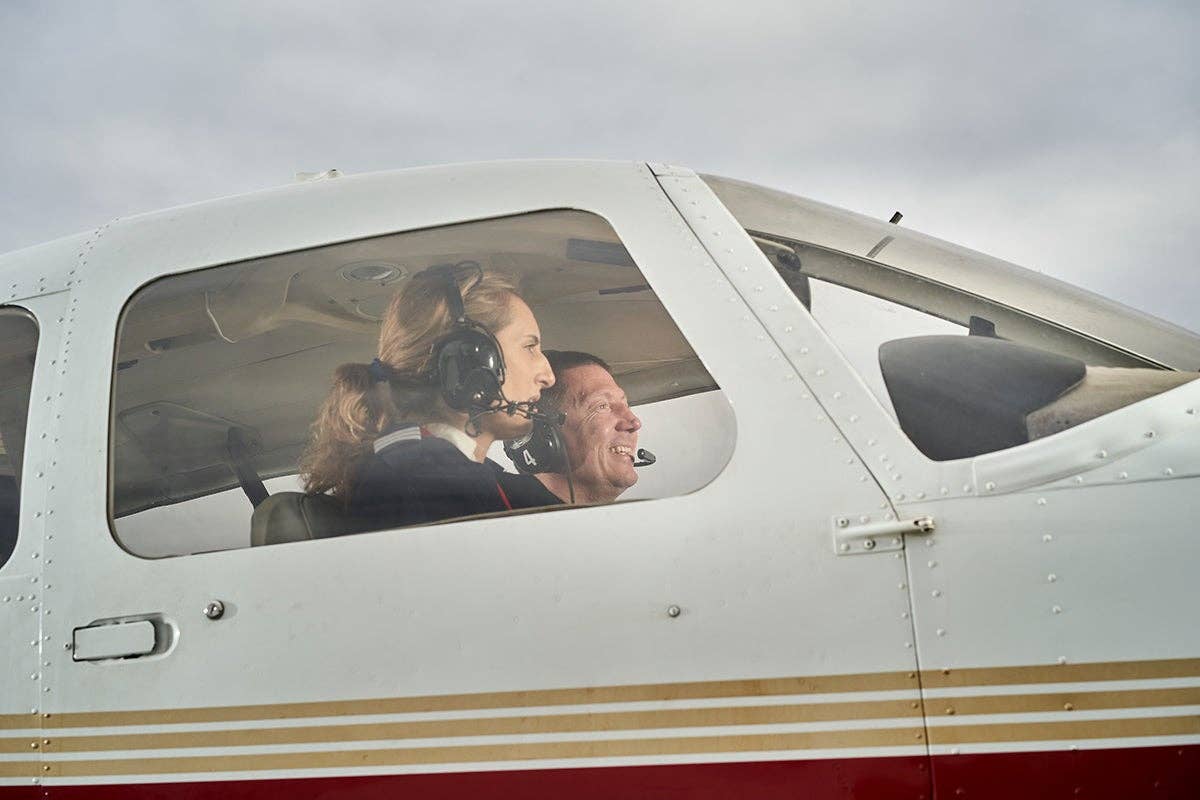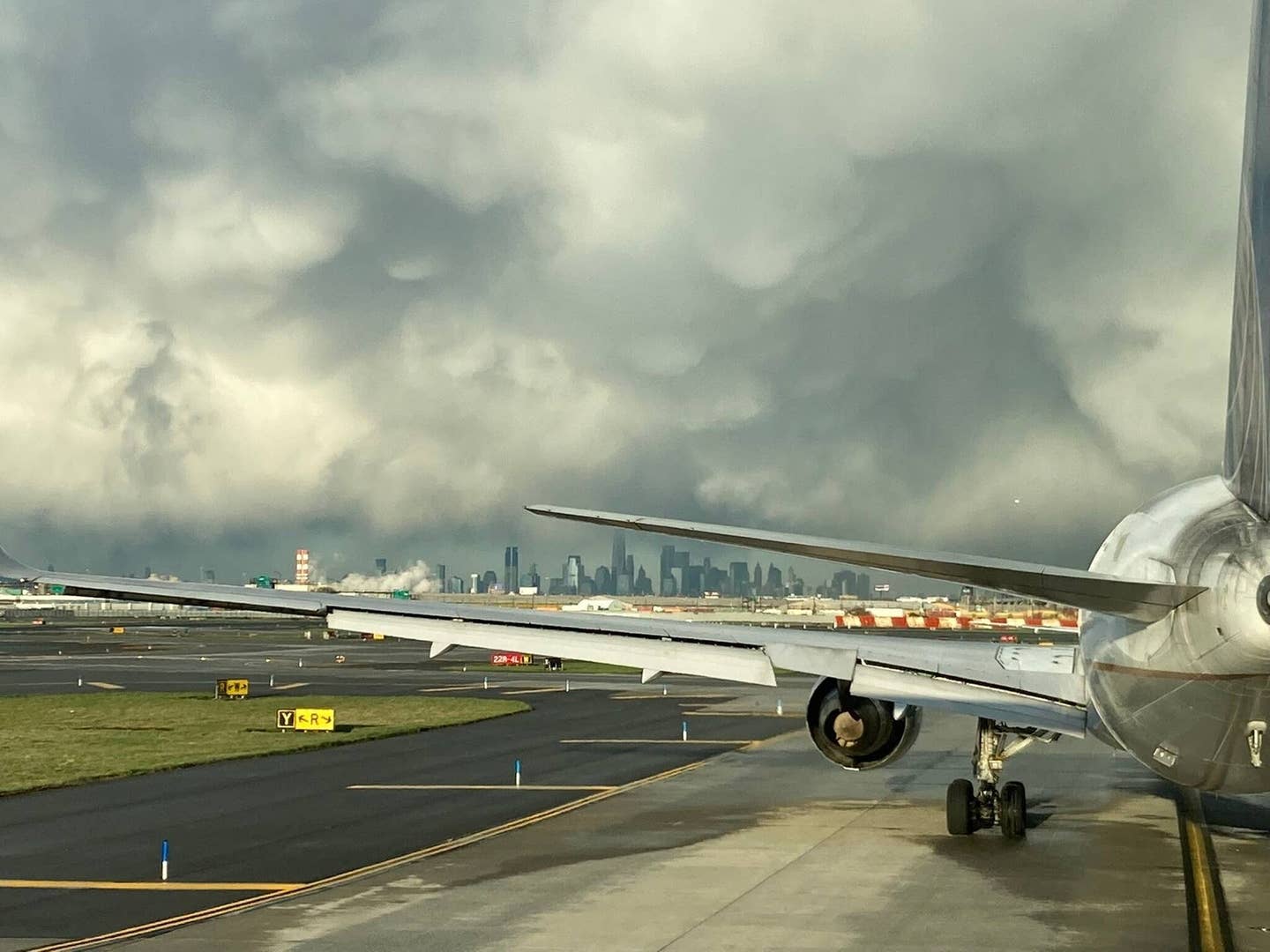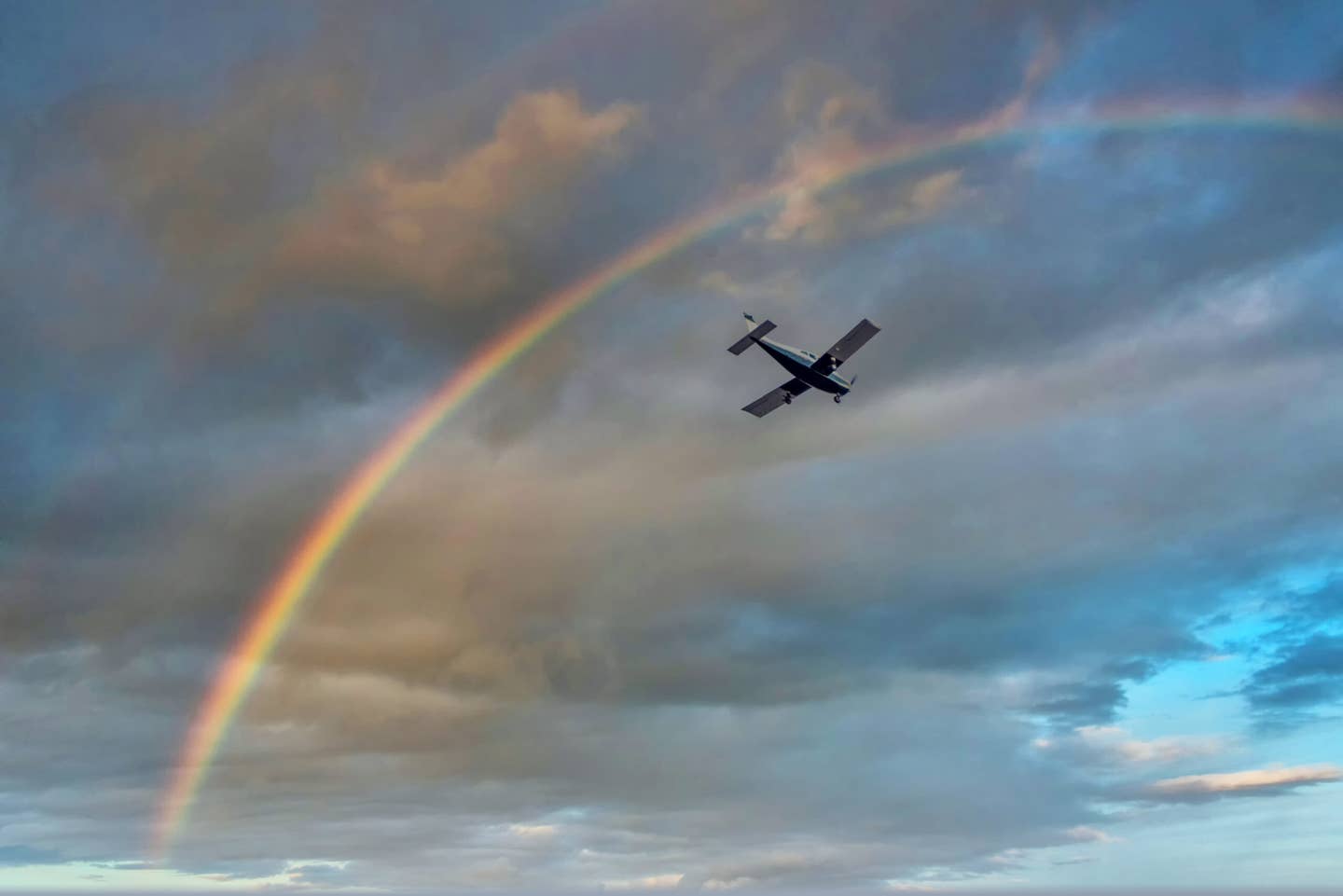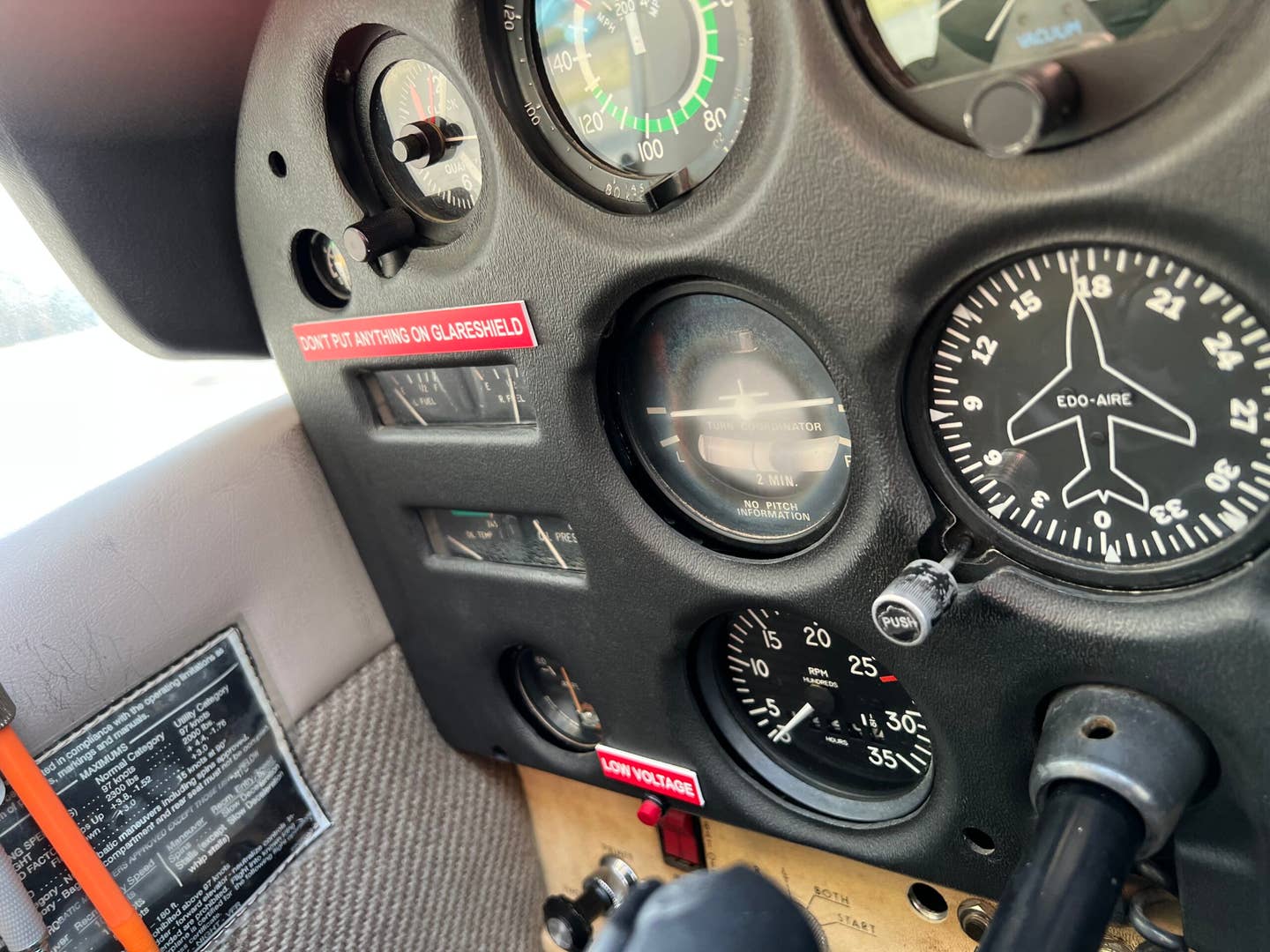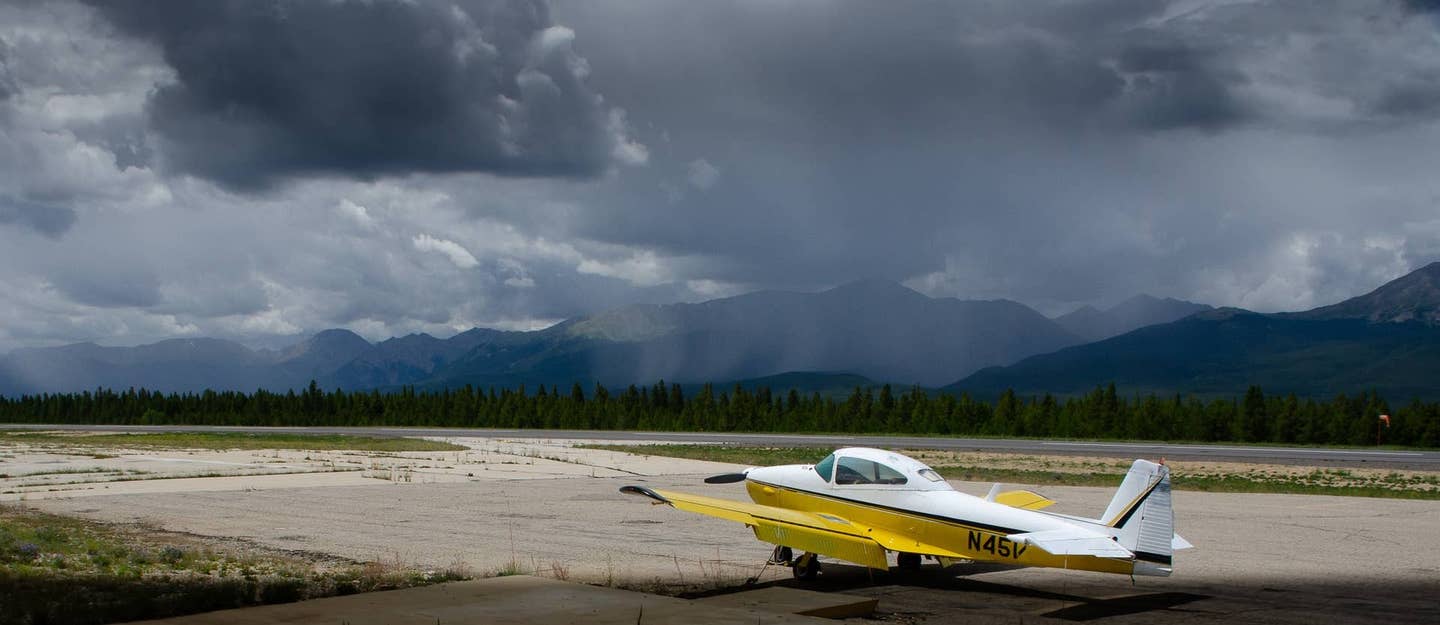
The old axiom for the self-employed is to "pay yourself first." The same spirit could apply to flying airplanes. Do your best to take care of yourself before and during the flight, and you maximize your chances for a good return on your investment -- in this case, a safe landing. It starts with flight planning days ahead. Budget the time and due diligence required to cover all the imaginable contingencies. Your business plan for each flight should include a prepared list of objectives and a reasonable timetable for accomplishing each one. That includes analyzing weather, laying out the expected routing and making sure you have all the information you need in the form of charts, database updates and logistics such as fuel stops, ground transportation and accommodations. Every detail that is laid out ahead of time is one less to distract you from your primary job of maintaining control of the airplane.
Once all the ducks are lined up, consider your personal comfort inside your aluminum (or composite) cocoon. Comfortable clothing is a must to ensure proper circulation. If you've been flying the same airplane for a while, you've probably already established a 'nesting' procedure for laying out all your charts and other paperwork within easy reach. Especially if it's a long flight, you'll be operating outside your normal meal schedule, so it can do wonders to bring along a stash of granola bars, fruit or other snacks to graze on. I love sipping hot coffee in flight, but I also recognize that an ample supply of water is vital to keep me hydrated on a long flight -- especially in warm weather. I can actually feel my mental acuity revitalized after a long swig just before I begin a busy segment of a flight. Some pilots even include 'drinking water' in their preliminary descent-to-landing checklist. (The logical byproduct of drinking coffee and/or water will be the subject of a future "Flying Tip".)
Sometimes, one of the toughest preflight precautions to come by is a good night's sleep the night before. I'm likely to find myself with all the elements of the next day's flight circling inside my head like some berserk merry-go-round. Sometimes, deep breathing and making a conscious effort to clear my head does the trick. If not, I've been known to curl up on the couch at an FBO fuel stop for a few winks along the way. Catnapping runs in my family.
Whatever your individual strategy before takeoff, the most important element is attaining a confidence level that is appropriate to your proficiency -- at that time. Remember your best and your worst days' flying, and assure yourself that you have the odds in your favor, either way.

Sign-up for newsletters & special offers!
Get the latest FLYING stories & special offers delivered directly to your inbox

